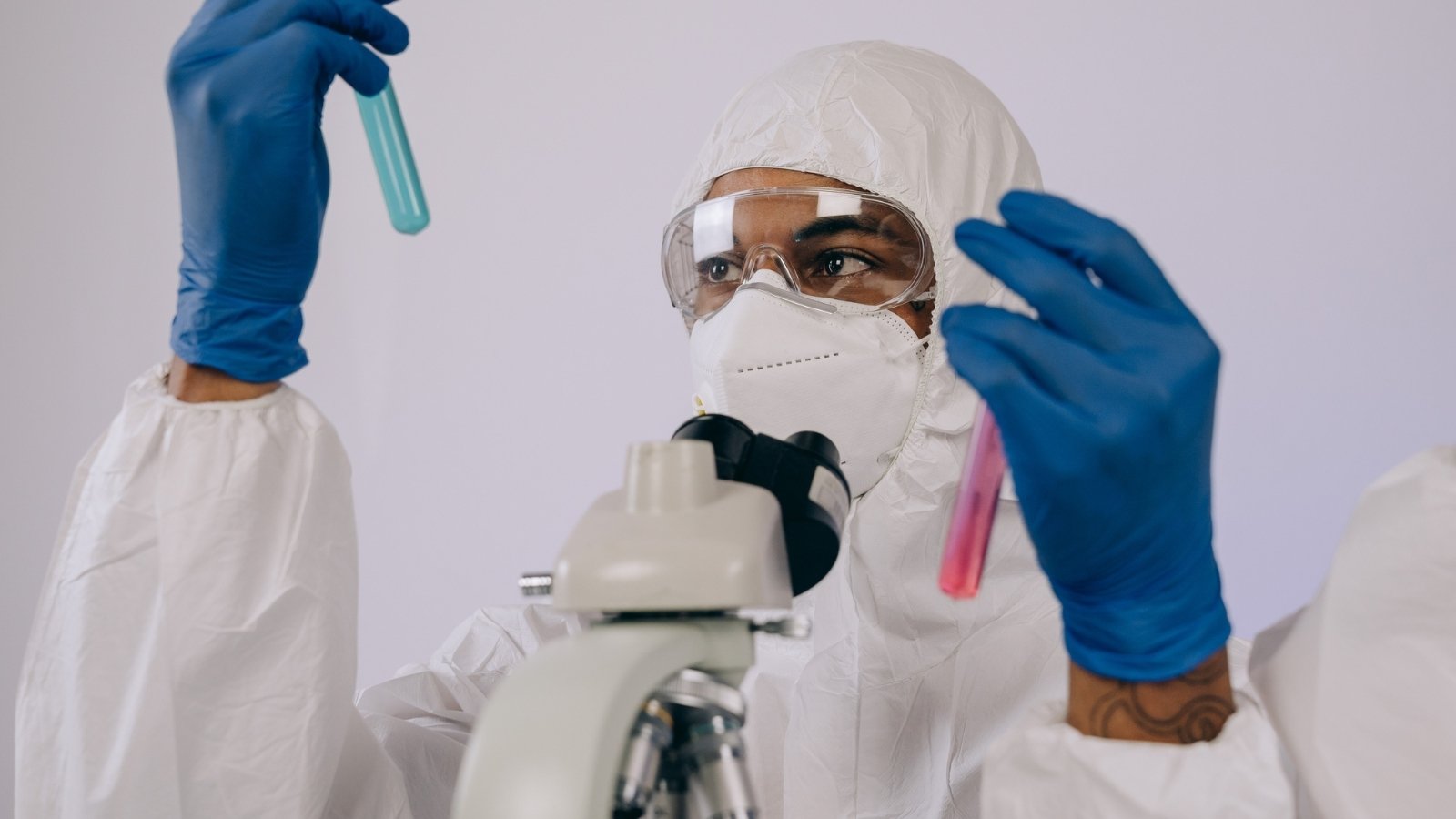The emergence of nitrosamine impurities
In June 2018, regulatory authorities worldwide became aware of the presence of the nitrosamine N-nitrosodimethylamine (NDMA) in valsartan, an active pharmaceutical ingredient (API) manufactured by a specific producer.
Subsequently, another nitrosamine, N-nitrosodiethylamine (NDEA), was also detected in valsartan and other sartan-containing APIs from additional manufacturers.
NDMA and NDEA are classified as probable human carcinogens, and their unexpected presence in sartans was concerning. Since then, nitrosamine impurities have been identified in several other medicinal products containing diverse APIs, such as ranitidine, metformin, and pioglitazone.
This widespread detection of nitrosamine contaminants has prompted regulatory bodies, including the European Medicines Agency (EMA) and the U.S. Food and Drug Administration (FDA), to take action and address the issue.
Regulatory guidance and risk evaluation
In accordance with:
- the CHMP opinion under Article 5(3) of Regulation (EC) No. 726/2004, “Questions and Answers for marketing authorization holders/applicants on the CHMP Opinion for Article 5(3) of Regulation (EC) No. 726/2004 referral on nitrosamine impurities in human medicinal products” (EMA/409815/2020)
- and the FDA’s Guidance for Industry, “Control of Nitrosamine Impurities in Human Drugs,”
Marketing Authorisation Holders (MAHs), together with API and finished product manufacturers, are required to perform risk evaluations using quality risk management principles, as outlined in the ICH Q9 guideline.
These risk evaluations must consider the potential for nitrosamine impurities to form not only from NDMA and NDEA but also from any other nitrosamine impurity that might occur, such as NMBA, DIPNA, or EIPNA, among others.
Identifying root causes
The current “Questions and Answers for marketing authorization holders/applicants on the CHMP Opinion for the Article 5(3) of Regulation (EC) No 726/2004 referral” and the FDA’s Guidance for Industry have identified several potential root causes for the presence of nitrosamine impurities:
1. API synthetic process
The combination of reagents, solvents, catalysts, and starting materials used, as well as the intermediates formed, impurities, and degradants, can contribute to the risk of nitrosamine formation.
2. Potential nitrosamine contamination
Factors such as the use of recovered materials (e.g., solvents, reagents, and catalysts), multi-purpose equipment, degradation, and the presence of nitrosatable substances in starting materials or intermediates can lead to nitrosamine contamination.
3. Finished product manufacture and storage
The potential for nitrosamine formation during the manufacture of the finished product and throughout its shelf life must be evaluated, considering the combination of nitrosatable substances and nitrosating agents originating from any component of the final product.
4. Biological medicinal products
Certain biological medicinal products, such as those containing chemically synthesized fragments, using processes with deliberate addition of nitrosating reagents, or packed in certain primary packaging materials, may also be at risk of nitrosamine impurities.
Comprehensive evaluation and mitigation strategies
To address the issue of nitrosamine impurities, a comprehensive evaluation of the entire manufacturing process, from the API synthesis to the finished product, is required.
This evaluation must consider all potential sources of nitrosamine formation, including the use of chemicals, equipment, and packaging materials.
Based on the identified risks, appropriate mitigation strategies must be implemented to ensure the quality and safety of the medicinal products.
These strategies may include process modifications, the use of alternative reagents or solvents, the implementation of robust control measures, and the development of sensitive analytical methods to detect and quantify nitrosamine impurities.
Current trends in nitrosamine regulation
Since the emergence of nitrosamine impurities in pharmaceuticals, the relevant regulatory agencies have been updating their guidance on risk analysis for these contaminants.
In particular, the focus has recently shifted to the assessment of the possible formation of Nitrosamine Drug Substance Related Impurities (NDSRIs).
The updates to the EMA/409815/2020 guideline and the FDA’s Guidance for Industry, “Control of Nitrosamine Impurities in Human Drugs,” published in the summer of 2023, are noteworthy in this regard.
These updates introduced the Carcinogenic Potency Categorisation Approach (CPCA) for the establishment of an Acceptable Intake (AI) value for NDSRIs without robust carcinogenic data. CPCA enables the determination of an AI based on the structure of the nitrosamine, eliminating the need for comparison with structural analogues.
This method assumes that the α-hydroxylation mechanism of metabolic activation is responsible for the observed mutagenic and carcinogenic response in many N-nitrosamines. Using the CPCA also establishes a Potency Category from 1 to 5 for NDRSIs, with category 1 and 2 nitrosamines being of most concern.
These regulatory updates reflect the ongoing efforts by authorities to address the issue of nitrosamine impurities in a comprehensive and scientifically robust way.
Our commitment to nitrosamine risk assessments
At the QbD Group, we are committed to ensuring the quality and safety of pharmaceutical products by conducting comprehensive Risk Assessment Reports for nitrosamine impurities in compliance with all relevant regulations, as well as laboratory analysis for their determination and quantification.
Our team of experts works closely with clients to identify potential sources of nitrosamine formation, calculate acceptable limits, and help them address any agency responses or concerns.
We are dedicated to staying at the forefront of the latest regulatory developments and providing you with the guidance you need to navigate the complex landscape of nitrosamine impurity control.
Contact us today to learn how we can help you ensure the safety and quality of your medicinal products.













